Over the past few decades, plant growth regulators (Plant growth regulators) have become increasingly popular in agriculture and horticulture. Plant growth regulators are chemicals that can influence the growth and development of plants. They are used for various purposes, such as increasing crop yields or improving the quality of fruits and vegetables.
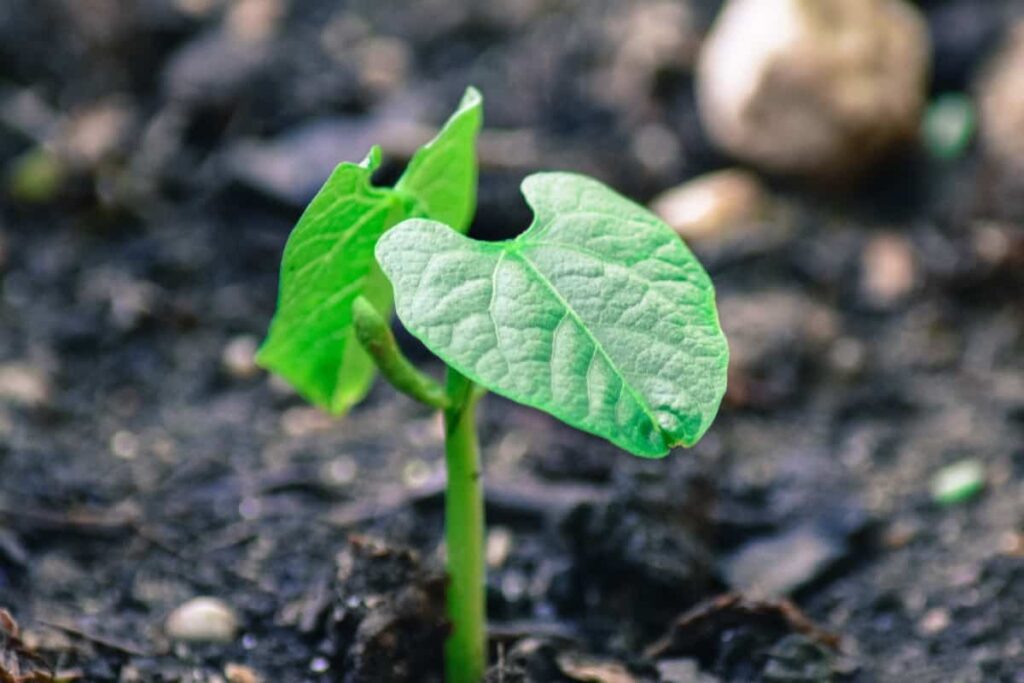
PGR usage has surged recently due to the growing demand for food worldwide. However, there is growing concern over the potential risks of Plant growth regulators, such as their impact on human health and the environment. In this post, we discuss the use of plant growth regulators in agriculture/farming and horticulture and the potential risks associated with their use.
Plant growth regulators in agriculture and horticulture
What are plant growth regulators?
Plant growth regulators are chemicals that influence the growth and development of plants. Depending on the desired application, plant growth regulators can promote or inhibit plant growth. In agriculture, Plant growth regulators are commonly used to improve crop yields by increasing the rate of photosynthesis, promoting fruit and flower production, and preventing pre-harvest losses. In horticulture, Plant growth regulators are often used to control the size and shape of plants and enhance the color and quality of flowers.
Plant growth regulators are typically applied to crops at specific stages of growth, such as during planting, early vegetative growth, flowering, or fruiting. The timing and frequency of applications will depend on the type of crop and the desired outcome. For example, annual crops such as corn or soybeans may be treated with Plant growth regulators multiple times throughout the growing season, while perennials such as trees or shrubs may only be treated once per year.
In case you missed it: Vertical Hydroponic Farming: A Growing Trend In Urban Agriculture
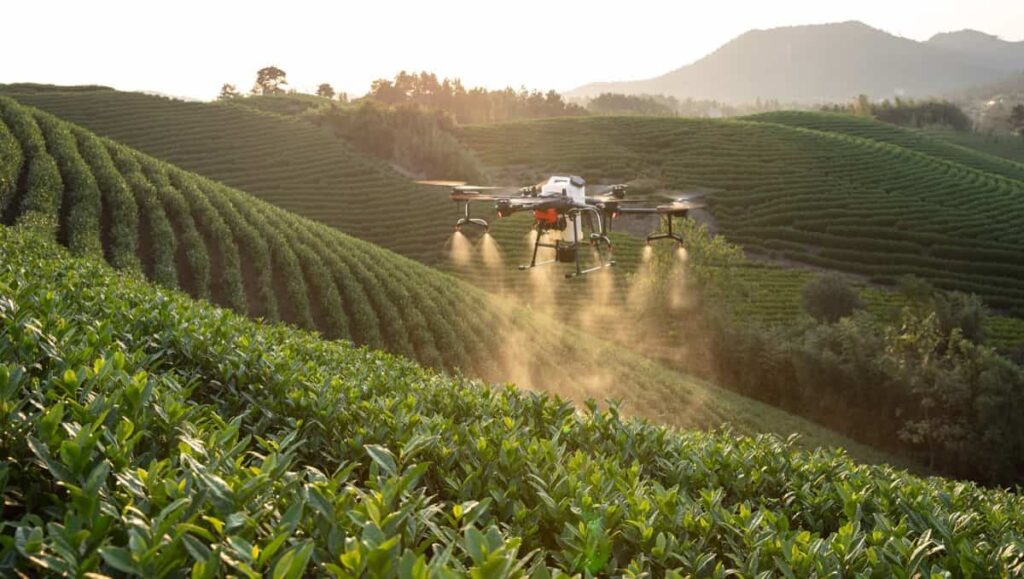
Plant growth regulators in agriculture and horticulture have been shown to improve crop yields, quality, and shelf life. In some cases, the use of Plant growth regulators can also help reduce water and fertilizer inputs while maintaining high production levels. When used correctly, plant growth regulators can be valuable for growers looking to improve their crops.
Importance of plant growth regulator
Plant growth regulators (Plant growth regulators) are a group of naturally occurring or synthetic compounds that alter the growth and development of plants. Depending on the application, plant growth regulators can promote or inhibit plant growth. Plant growth regulators are typically used to control plant growth in commercial agriculture, horticulture, and landscaping.
In these settings, Plant growth regulators are often used to reduce the size of plants, increase yields, and improve the quality of fruit and flowers. Plant growth regulators can also be used in home gardens to manage the size and shape of plants. For example, Plant growth regulators can encourage compact growth in large plants or prevent leggy growth in small plants. When selecting a plant growth regulator, it is important to consider the desired outcome and the specific plant species that will be treated.
In case you missed it: Vertical Farming Business Plan in India: Crops, Subsidies, Companies, Cost, and Profits
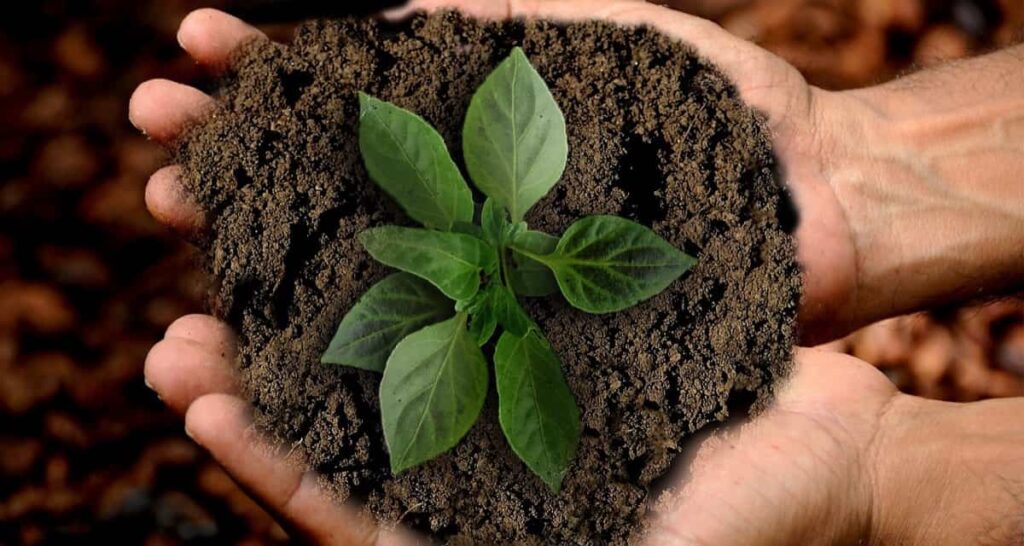
Some Plant growth regulators are more effective on certain plant species than others. Following the manufacturer’s instructions for application rates and timing is also important. Plant growth regulators are important for managing plant growth in commercial and home settings. By selecting the appropriate PGR for the desired outcome, gardeners can keep plants healthy and looking their best.
Different types of plant growth regulators
Plant growth regulators are chemicals that alter the growth of plants. Depending on the application, they can be used to promote or inhibit growth. Plant growth regulators are used in agriculture and horticulture to improve yields, control plant size, and shape plants. Plant hormones are the most common type of PGR. Plant hormones regulate various processes, such as cell division, expansion, and flowering.
Auxins, gibberellins, cytokinins, and ethylene are the four main types of plant hormones. Each hormone affects plant growth in different ways. Auxins promote cell division and cell elongation. Gibberellins stimulate cell enlargement and seed germination. Cytokinins promote cell division and delay leaf senescence. Ethylene promotes fruit ripening and flower senescence. Plant growth regulators can also be classified by their mode of action.
Growth regulators that act through contact with the plant surface are called foliar-applied products. Those that are applied to the soil are called soil-applied products. Soil-applied products can be further classified as systemic or non-systemic products. Systemic products are taken up by plant roots and transferred to other parts of the plant to regulate growth. Non-systemic products remain in the soil and only affect plants that come into contact with them.
In case you missed it: How to Start a Shrimp Processing Plant in India: Equipment, Cost, and Profits
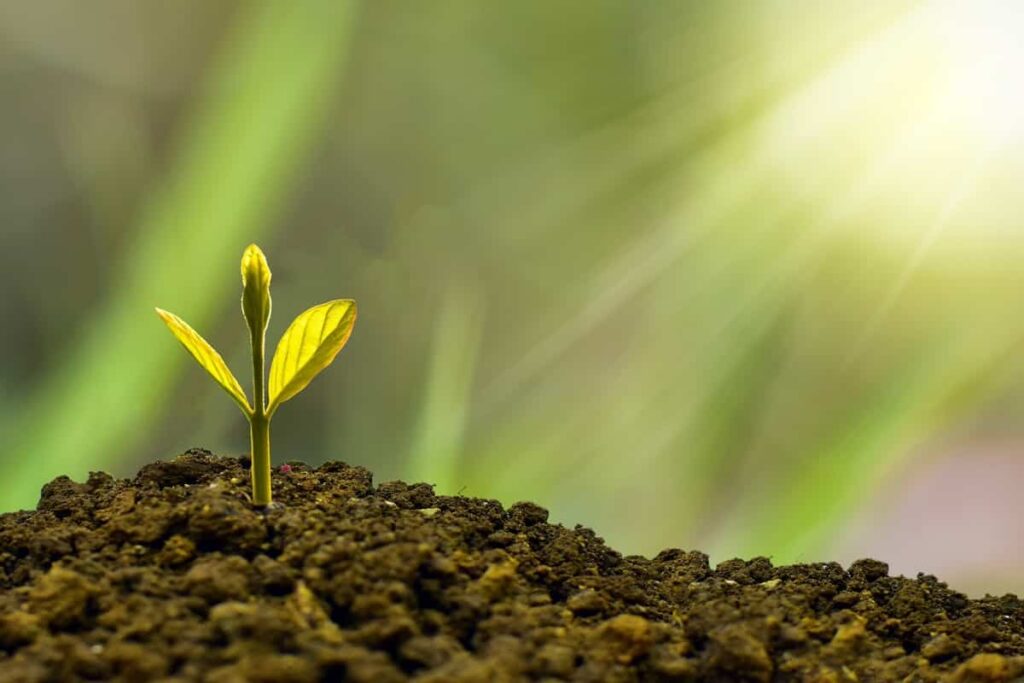
Pros and cons of plant growth regulators in agriculture and horticulture
Plant growth regulators (Plant growth regulators) are a group of synthetic chemicals used to modify plant growth. They can be used to promote or inhibit plant growth and to alter the timing of maturity in plants. Plant growth regulators are typically used in agriculture and horticulture to improve yields by increasing the amount of fruit or flowers produced or by lengthening the growing season.
PGR can also be used to improve the quality of crops by reducing defects such as fruit scarring. Several different plant growth regulators are available, each with its own set of advantages and disadvantages. Some common examples include:
Gibberellins
Gibberellins are hormones that stimulate cell division and growth. They are commonly used to promote germination, seedling growth, and flowering in plants. Gibberellins can also increase fruit size and yield in some crops. However, they can also cause problems such as excessive leaf growth, stem elongation, and reduced fruit quality if used in excess.
Cytokinins
Cytokinins are hormones that promote cell division. They are commonly used to stimulate vegetative growth in plants and delay senescence (aging). Cytokinins can also increase fruit size and yield in some crops. However, they can also cause problems such as excessive vegetative growth, reduced flower production, and seedling death if used in excess.
What are the effects of plant growth regulators on plants?
There are several different plant growth regulators (Plant growth regulators), each with its specific effect on plants. Some common examples of Plant growth regulators include auxins, gibberellins, cytokinins, and abscisic acid. Auxins promote cell division and elongation, increasing stem length and thickness. Gibberellins stimulate shoot growth and leaf expansion. Cytokinins promote cell division and delay senescence (the aging of cells).
Abscisic acid inhibits cell division and growth. Plant growth regulators can be applied to crops to achieve various desired effects, such as increasing yield, controlling plant size, improving fruit quality, or delaying ripening. Plant growth regulators are often used in conjunction with other agronomic practices such as fertilization, irrigation, and pest management. While Plant growth regulators can offer many benefits to crops, it is important to note that they can also have some adverse effects.
For example, excessively high levels of auxin can cause stunted growth, while too much gibberellin can lead to uncontrolled shoot growth. In addition, Plant growth regulators can interact with each other and with other environmental chemicals, which can result in unintended consequences. Therefore, it is vital to use Plant growth regulators carefully and according to manufacturer recommendations.
In case you missed it: Wyoming Vegetable Planting Calendar: Month-wise Chart, Dates Guide, Schedule for Fall, Winter, Spring, and Summer Seasons

Are plant growth regulators safe?
Plant growth regulators (Plant growth regulators) are chemical compounds that modify plant growth. They are commonly used in agriculture and horticulture to improve crop yield and quality and to reduce losses from pests and diseases. Plant growth regulators are generally considered safe for human health and the environment, if they are used according to label instructions. However, some Plant growth regulators can be toxic if inhaled or ingested, and they may cause skin irritation. Plant growth regulators should be used with caution around children and pets.
How to use plant growth regulators
Plant growth regulators (Plant growth regulators) are chemicals that modify plant growth. They can promote or inhibit plant growth, including germination, root development, flowering, and fruit set. Plant growth regulators are most commonly used in agriculture and horticulture to improve crop yields and quality. For example, Plant growth regulators can be used to increase the yield of fruits and vegetables produced by a plant or to improve the appearance of flowers. So you can get t high yield of crops with PGR.
In agriculture, Plant growth regulators are often applied as foliar sprays. In horticulture, they may be applied as drenches or injections. When using Plant growth regulators, it is important to follow the manufacturer’s instructions carefully. Overdosing can damage plants, so it is important only to use the amount of PGR recommended for the specific plant species being treated.
Growth regulators in plant tissue culture
Plant tissue culture grows isolated plant cells or tissues in an artificially controlled environment. Growth regulators are chemicals that influence the growth and development of plants. They are used in plant tissue culture to promote or inhibit cell division, cell differentiation, and other processes. Growth regulators can be endogenous (produced by the plant itself) or exogenous (applied externally). Endogenous growth regulators include hormones like auxins, gibberellins, cytokinins, and abscisic acid.
Exogenous growth regulators include synthetic chemicals like 2,4-Dichlorophenoxyacetic acid (2,4-D), 6-Benzylaminopurine (BAP), and Kinetin. Growth regulators are used to manipulate plant growth and development in tissue culture. For example, auxins are used to promote cell division, while gibberellins are used to promote stem elongationLikewise, cytokininsns are used to promote cell differentiation, while abscisic acid is used to inhibit growth.
In case you missed it: Contract Pig Farming in India: Companies, Agreement, Profits, How it Works and the Pros and Cons
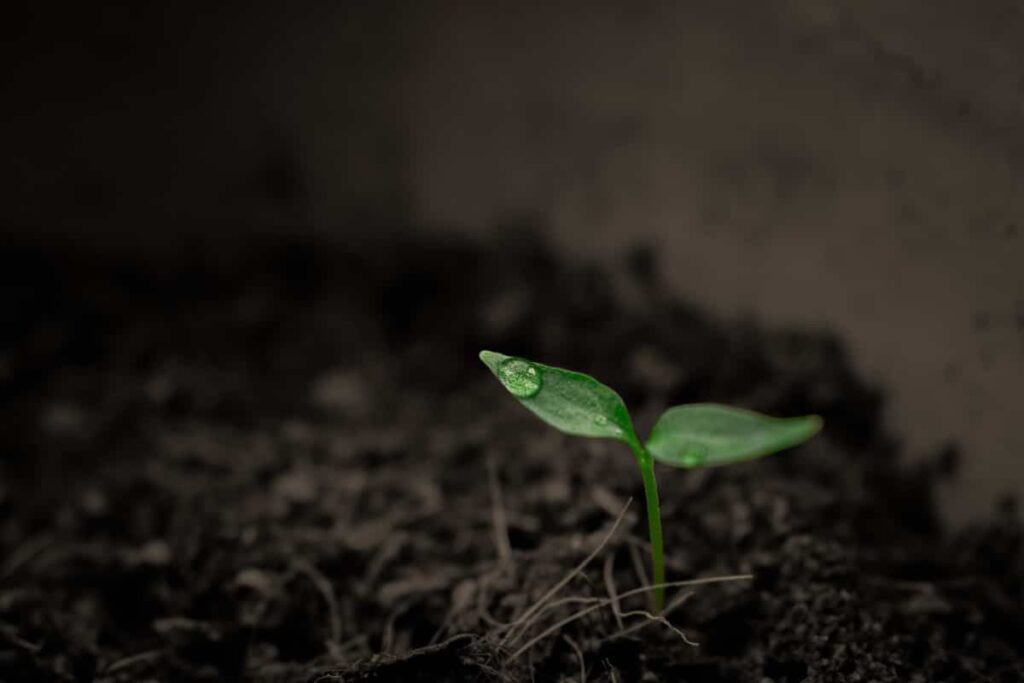
The concentration of growth regulators required for a particular effect depends on the cultured plant species. Generally, higher concentrations of growth regulators are required for faster-growing plants, while lower concentrations are sufficient for slower-growing plants. Growth regulators can have both positive and negative effects on plant tissue culture. They must be used carefully and judiciously to achieve the desired outcome.
Conclusion
Plant growth regulators can be incredibly useful in agriculture and horticulture, helping to improve crop yields and quality. However, using them correctly and following regulations is vital, as they can also cause harm to plants if misused. We hope this blog content has given you a better understanding of plant growth regulators and how they can be used in agriculture and horticulture.
